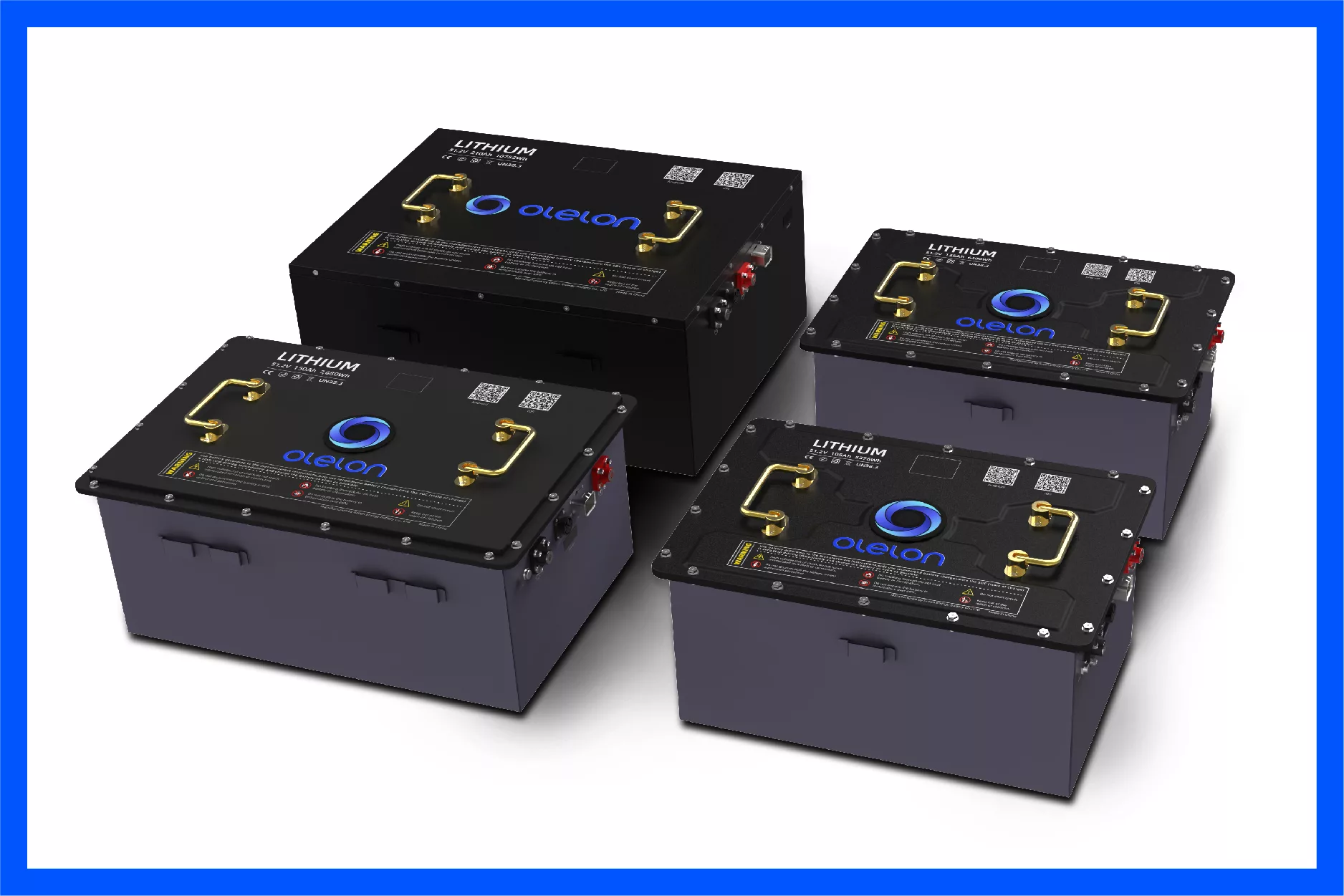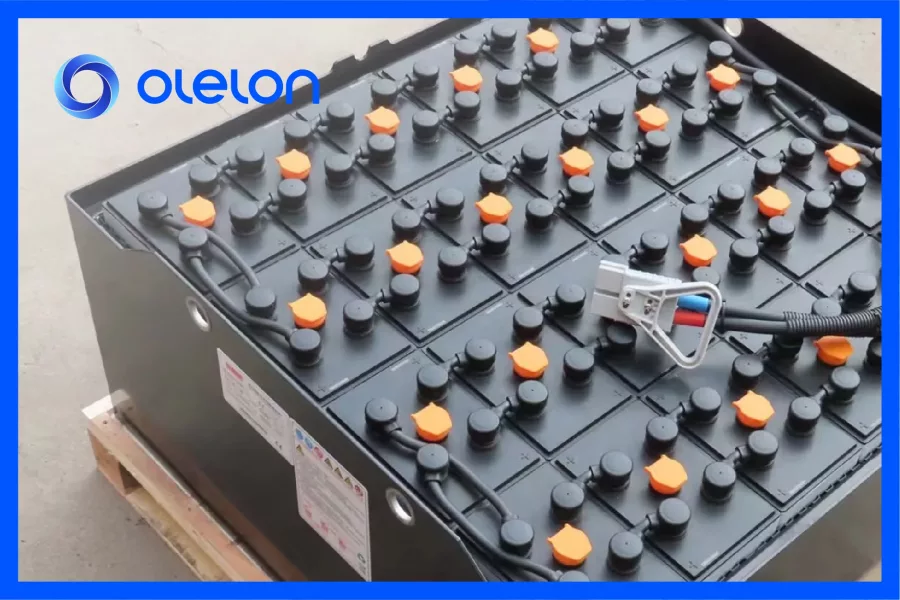Replacing golf cart batteries is a significant investment, and understanding the different options, costs, and influencing factors can help you make an informed decision. Whether you’re considering traditional lead-acid batteries or upgrading to modern lithium-ion batteries, this guide breaks down everything you need to know.
Understanding Golf Cart Batteries
Golf cart batteries are the heart of the vehicle’s power system. There are two main types available on the market:
1. Lead-Acid Batteries
Lead-acid batteries have been the traditional choice for decades. They are relatively inexpensive and widely available. However, they come with several drawbacks:
- Bulky and heavy
- Require regular maintenance, such as water refilling and cleaning
- Shorter lifespan compared to lithium batteries
- Slower charging times
Average lifespan: 2–5 years
Initial cost: Lower
2. Lithium-Ion Batteries (e.g., Olelon Lithium Batteries)
Lithium-ion batteries, like those from Olelon, are rapidly gaining popularity due to their advanced features:
- Lightweight and compact
- Longer lifespan (up to 10 years)
- Low maintenance (no watering or corrosion issues)
- Faster charging
- Consistent power delivery even at low charge levels
Average lifespan: 8–10 years
Initial cost: Higher, but better long-term value

Battery Comparison: Lead-Acid vs. Lithium-Ion
| Feature | Lead-Acid Battery | Olelon Lithium Battery |
|---|---|---|
| Initial Cost | $600–$1,200 | $1,500–$3,500 |
| Lifespan | 2–5 years | 8–10 years |
| Maintenance | High (water, cleaning) | Low (maintenance-free) |
| Charging Time | 6–8 hours | 2–4 hours |
| Weight | Heavy | Lightweight |
| Performance | Drops as battery drains | Consistent throughout usage |
Although the upfront cost of lithium batteries is higher, their longer lifespan, efficiency, and lower maintenance requirements make them a cost-effective solution in the long run.
Factors Influencing Replacement Costs
Several factors contribute to the total cost of replacing golf cart batteries:
1. Type of Battery
Lithium batteries are more expensive initially but offer better value over time due to longevity and performance.
2. Brand and Quality
Premium brands like Olelon offer high-quality cells, advanced Battery Management Systems (BMS), and longer warranties. Investing in a reputable brand ensures reliability and safety.
3. Labor Costs
Professional installation may cost between $100–$500, especially for lithium systems that might require BMS setup or wiring adjustments.
4. Additional Components
Extra parts such as a new charger (often required when switching from lead-acid to lithium), cables, mounting kits, and a dash-mounted battery monitor can add $100–$300 to your total cost.

Average Cost Breakdown
| Item | Estimated Cost |
|---|---|
| Lead-Acid Battery Pack | $600–$1,200 |
| Lithium-Ion Battery Pack | $1,500–$3,500 |
| Installation & Labor | $100–$500 |
| Additional Components | $100–$300 |
| Total Estimated Cost (Overall) | $800–$4,300 |
Tips for Reducing Replacement Costs
- Compare Quotes: Get estimates from multiple suppliers to find the best deal.
- Look for Warranties: Choose batteries with extended warranties to protect your investment.
- DIY Installation: If you’re experienced, installing the batteries yourself can save labor costs.
- Buy in Bulk: Purchasing multiple units or organizing group buys can qualify you for wholesale pricing.
- Focus on Long-Term Value: Don’t base your decision on initial cost alone—consider the battery’s lifespan, efficiency, and maintenance requirements.
Conclusion
Choosing the right battery for your golf cart involves balancing initial costs with long-term benefits. While lead-acid batteries remain a budget-friendly option, lithium-ion batteries—especially from trusted brands like Olelon—offer superior performance, lower maintenance, and better long-term value.
When it’s time for a replacement, consider your driving needs, budget, and how often you use your cart. A well-informed decision can enhance your driving experience and save money over the years.

